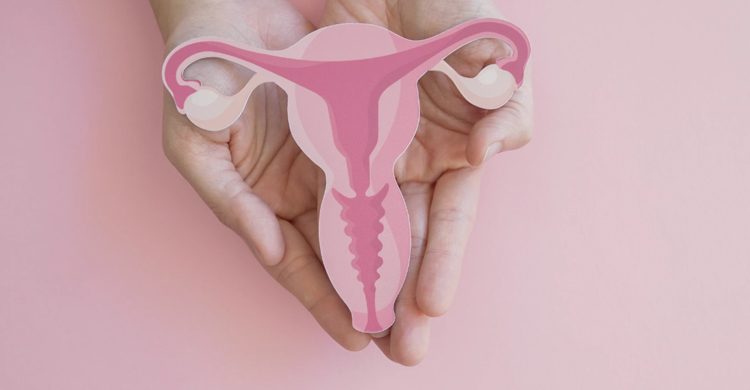
Discovering a lump beneath the skin’s surface can certainly cause concern, but in some conditions, it’s not something to worry about. Cysts and tumors are two common types of lumps, and they’re often challenging to differentiate as they’re frequently found in the same locations. For instance, it’s quite common to have ovarian cysts and ovarian tumors simultaneously.
However, there are differences you can observe between the two. A cyst is a small sac filled with air, fluid, or other substances. Meanwhile, a tumor refers to an area of tissue that grows abnormally. Both cysts and tumors can occur in the skin, tissues, organs, or bones.
Most people assume these lumps are cancerous, although indeed, some types of cancer can lead to cyst formation, but they are benign. Unlike tumors, which can be benign but can also be malignant or life-threatening. You can identify them by the location of the tumor growth. If the tumor grows in one place, it signifies it’s benign, but if it spreads to other parts of the body, it’s likely malignant.
Causes of Cysts and Tumors
So, what’s the difference between a Bartholin’s cyst and a tumor? There are many types of cysts with various different causes. Some are related to underlying medical conditions, such as polycystic ovary syndrome, while others form on the skin’s surface. Other causes of cyst formation include irritation or injury to hair follicles, blockage of ducts within hair follicles, degeneration of joint connective tissue, and ovulation.
Meanwhile, tumors form from abnormal cell growth. Normally, cells in the body grow and divide to form new cells whenever the body needs them. Dead cells are replaced by new ones. Tumor formation occurs when this replacement process is disrupted. It means cells that should die remain alive, while the body also forms new cells even when not needed.
Treatment of Cysts and Tumors
Treatment for cysts and tumors depends entirely on what causes them, whether it’s cancer-related or not, as well as their location. However, in most cases, cysts do not require treatment. If they’re painful and bothersome, you can ask your doctor to remove them. However, simply draining a cyst allows this health disruption to regrow and must be completely removed.
Benign tumors usually don’t require specific treatment. If a tumor affects nearby areas of the body or causes new problems, surgery is the best solution to handle it. It can also be treated with radiation therapy or chemotherapy, and in some cases, all three methods may be necessary.
Indeed, it’s difficult to distinguish between cysts and tumors, even for doctors. While there may be some ways to help you indicate whether a lump leans more towards a cyst or tumor, it’s essential to directly consult a doctor for clarification.




